From Brawn GP’s fairytale to Aston Martin’s super start – The biggest year-on-year performance jumps in F1 history

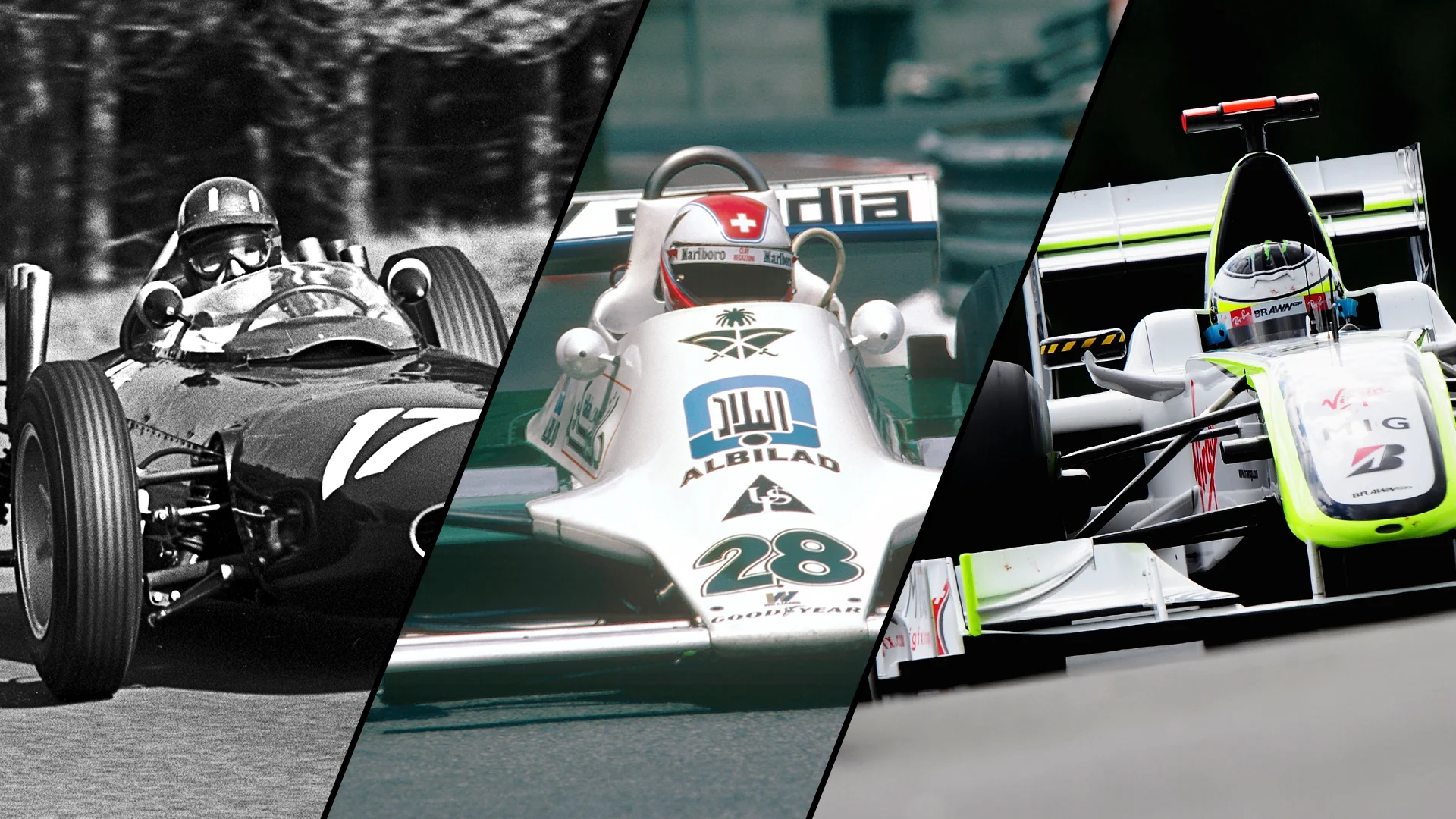
Aston Martin made headlines over the first three races of the 2023 campaign by claiming successive podiums with new signing Fernando Alonso – a huge improvement on their form from last year. As the paddock takes a breather before the next round in Azerbaijan, we thought it would be a suitable moment to look back at some other big movers between seasons from the F1 history books…
BRM – 1962
1961 season: 5th in the standings / 7 points
1962 season: Champions / 4 wins / 42 points
BRM spent the 1950s struggling to find the balance between performance and reliability, with technical issues plaguing their early efforts. A handful of points finishes, podiums and a breakthrough win by the end of the decade showed that things were moving in the right direction, but it would take another step across the board to join the front-runners.
READ MORE: F1 Hall of Fame – Two-time champion Graham Hill
That leap came in 1962 when the updated P57 – piloted by Graham Hill and Richie Ginther – enabled BRM to take the fight to Lotus and former champions Cooper. With only one previous win under the team’s belt, Hill romped to four victories and the drivers’ title that year, while BRM took the constructors’ crown.
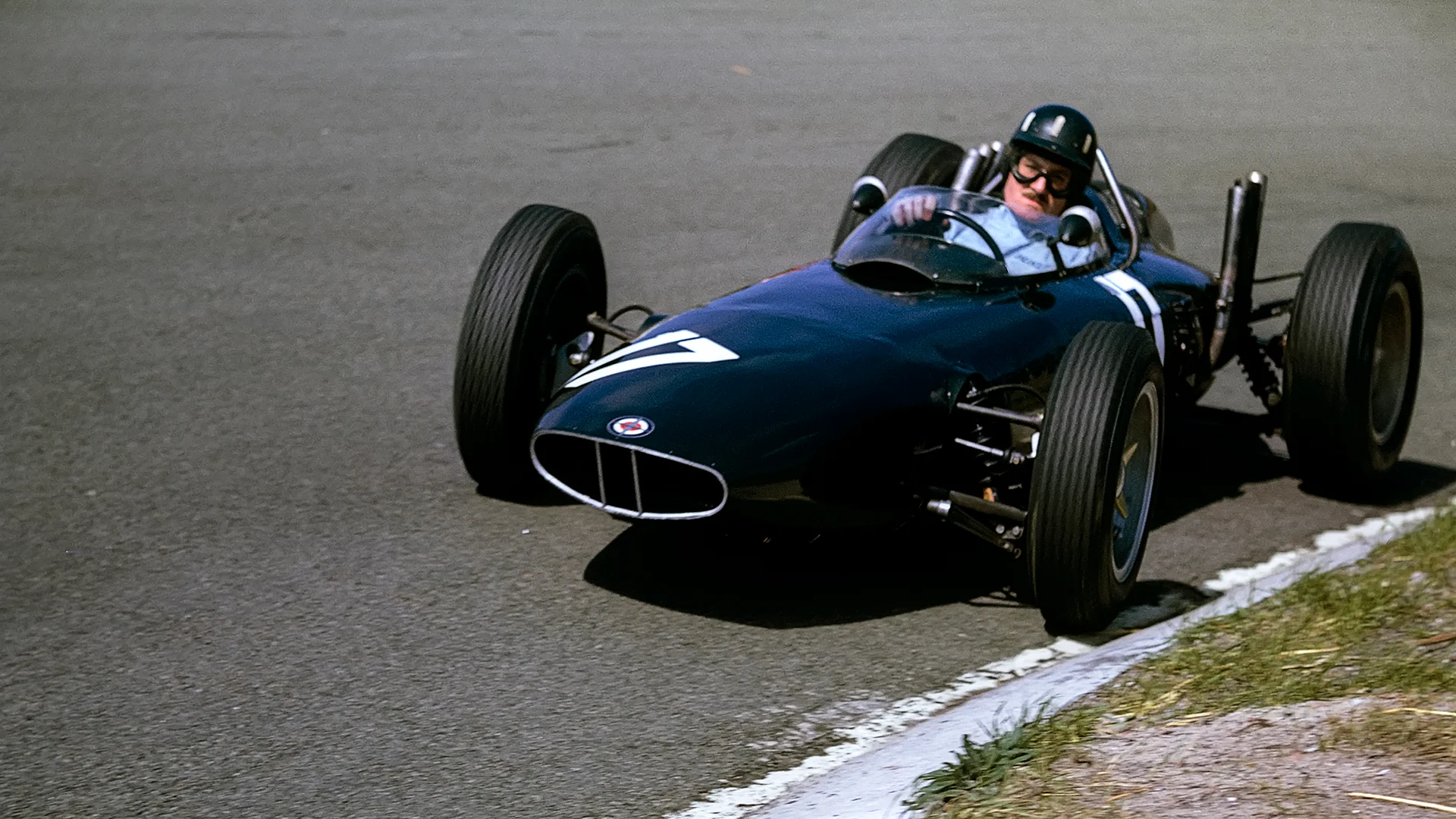
Brabham – 1966
1965 season: 3rd in the standings / 27 points
1966 season: Champions / 4 wins / 42 points
After winning back-to-back titles for Cooper in 1959 and 1960, Jack Brabham formed an eponymous outfit ahead of the 1962 season. But across the first four campaigns competing under his own name, the Australian had to settle for a relatively meagre return of four podiums, while team mate Dan Gurney grabbed the standout results.
READ MORE: From Ascari to Verstappen – How all 11 back-to-back F1 champions did the double
Then came 1966 and the BT19. A step up over the squad’s previous designs, and with Gurney now racing for his own team, Brabham took the affectionately-named ‘Old Nail’ to four straight mid-season victories, setting up a title double and becoming the first and as yet only driver to win the championship in a namesake car.
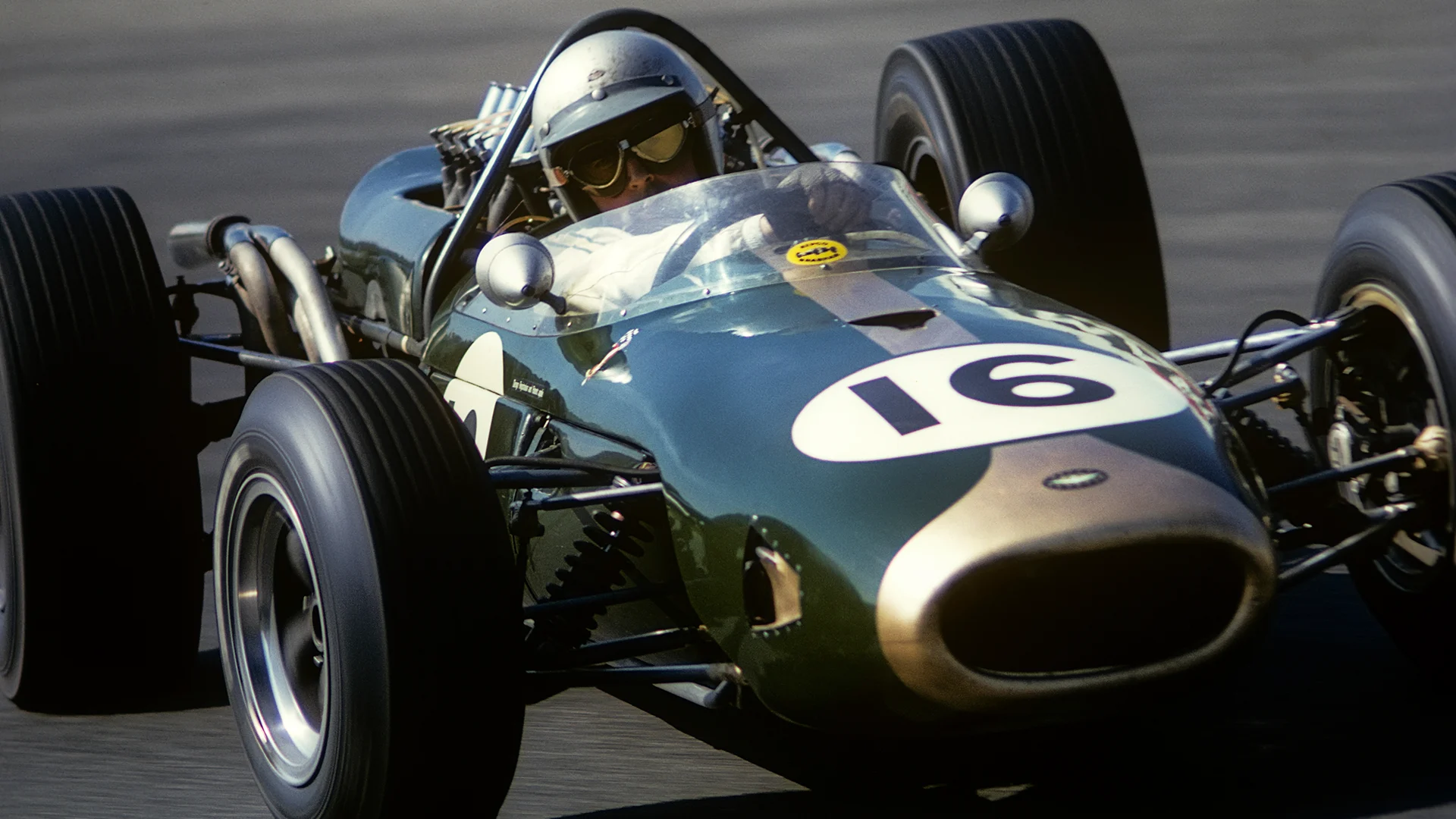
Ferrari – 1970
1969 season: 6th in the standings / 7 points
1970 season: 2nd in the standings / 4 wins / 52 points
Ferrari had six drivers’ titles and two constructors’ titles to their name by the mid-1960s, but the final years of the decade featured only a smattering of podiums and race wins, culminating in a low of seven points in 1969, which dropped them to sixth in the championship.
However, a new era marked a return to winning ways for the Italian marque as the overhauled 312B – fitted with a flat-12 ‘boxer’ engine developed under Mauro Forghieri’s watchful eye – took three victories at the hands of Jacky Ickx and another with Clay Regazzoni, catapulting them to second behind champions Lotus.
OBITUARY: Mauro Forghieri, technical genius behind some of Formula 1’s greatest Ferraris, remembered
A similar feat was achieved by the Scuderia later in the decade when, having again dropped to sixth in 1973 with just 12 points to their name, an updated 312 B3-74 – driven by the up-and-coming Niki Lauda and Regazzoni – brought the team back into contention through 1974, paving the way for a run of titles from 1975-77.
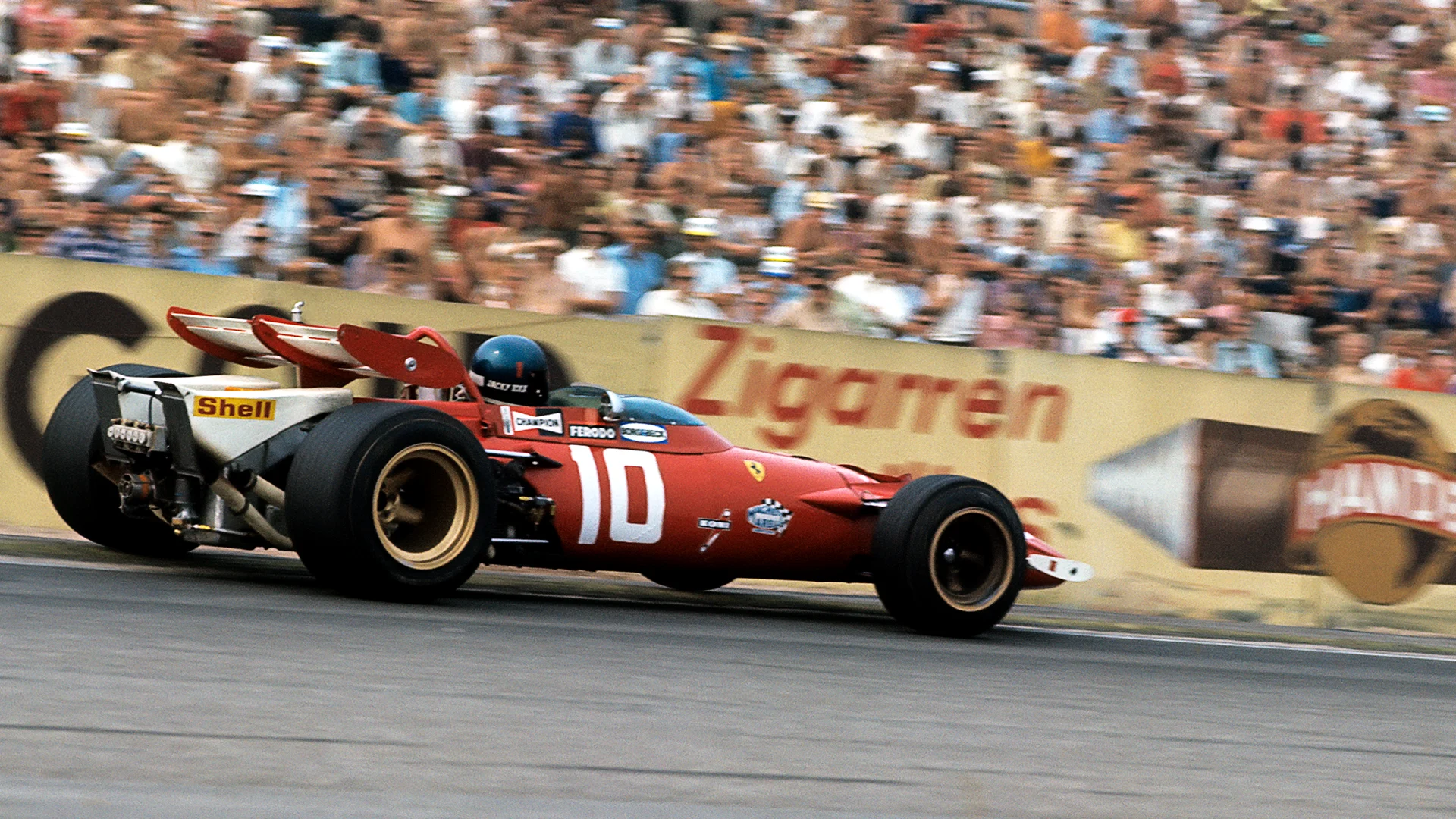
McLaren – 1972
1971 season: 6th in the standings / 10 points
1972 season: 3rd in the standings / 1 win / 47 points
Having finished as runners-up in only their third F1 season in 1968, McLaren had to make do with a sole victory and sporadic podiums from 1969-1971 – another title assault alluding them as Tyrrell, BRM, Ferrari, March and Lotus all slotted ahead.
But the 1972 campaign would mark a turning point with a rapid ascent up the order thanks to the M19A and its pear-shaped cockpit sides that earned the ‘Alligator Car’ nickname. A win in race two and consistent podiums took McLaren from sixth to third in the standings, which they would repeat the following year.
WATCH: From one man’s dream to serial title winners – The origins of the McLaren F1 team
McLaren’s jump with the M19A and subsequent M19C iteration may not have resulted in championship glory, but it returned the team to the sharp-end and laid the foundations for their breakthrough title in 1974.
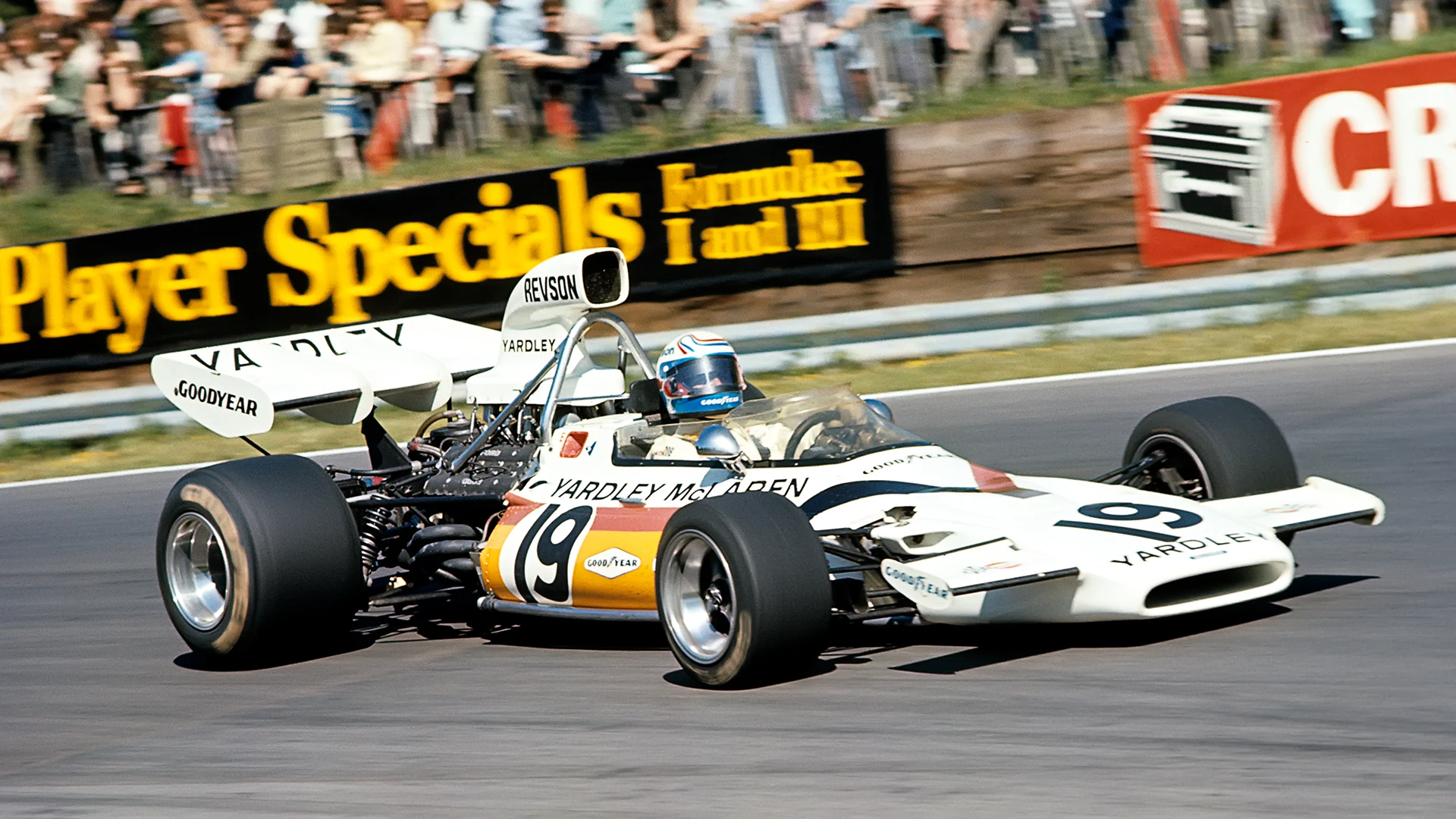
Lotus – 1977
1976 season: 4th in the standings / 1 win / 29 points
1977 season: 2nd in the standings / 5 wins / 62 points
Lotus experienced several title-winning spells across the 1960s and early-1970s, initially with Jim Clark, followed by Graham Hill, posthumously with Jochen Rindt and then Emerson Fittipaldi – as team owner and technical guru Colin Chapman’s ground-breaking designs repeatedly pushed the boundaries.
After a lean spell in the mid-1970s, the team vaulted to the front of the grid once more via the revolutionary Lotus 78. This was the first ground effect car to compete in F1, offering grip levels that had never seen before, while starting a new trend amongst teams who could afford to emulate the technology.
TECH TUESDAY: The Lotus 79, F1’s ground effect marvel
One win towards the end of 1976 was trounced by five with Mario Andretti and Gunnar Nilsson when the all-new car arrived in 1977, more than doubling their points tally. Andretti and Lotus went a step further in 1978 by honing the design and then replacing it with the next-level 79 – driver and squad charging to both titles amid the tragic death of team mate Ronnie Peterson.
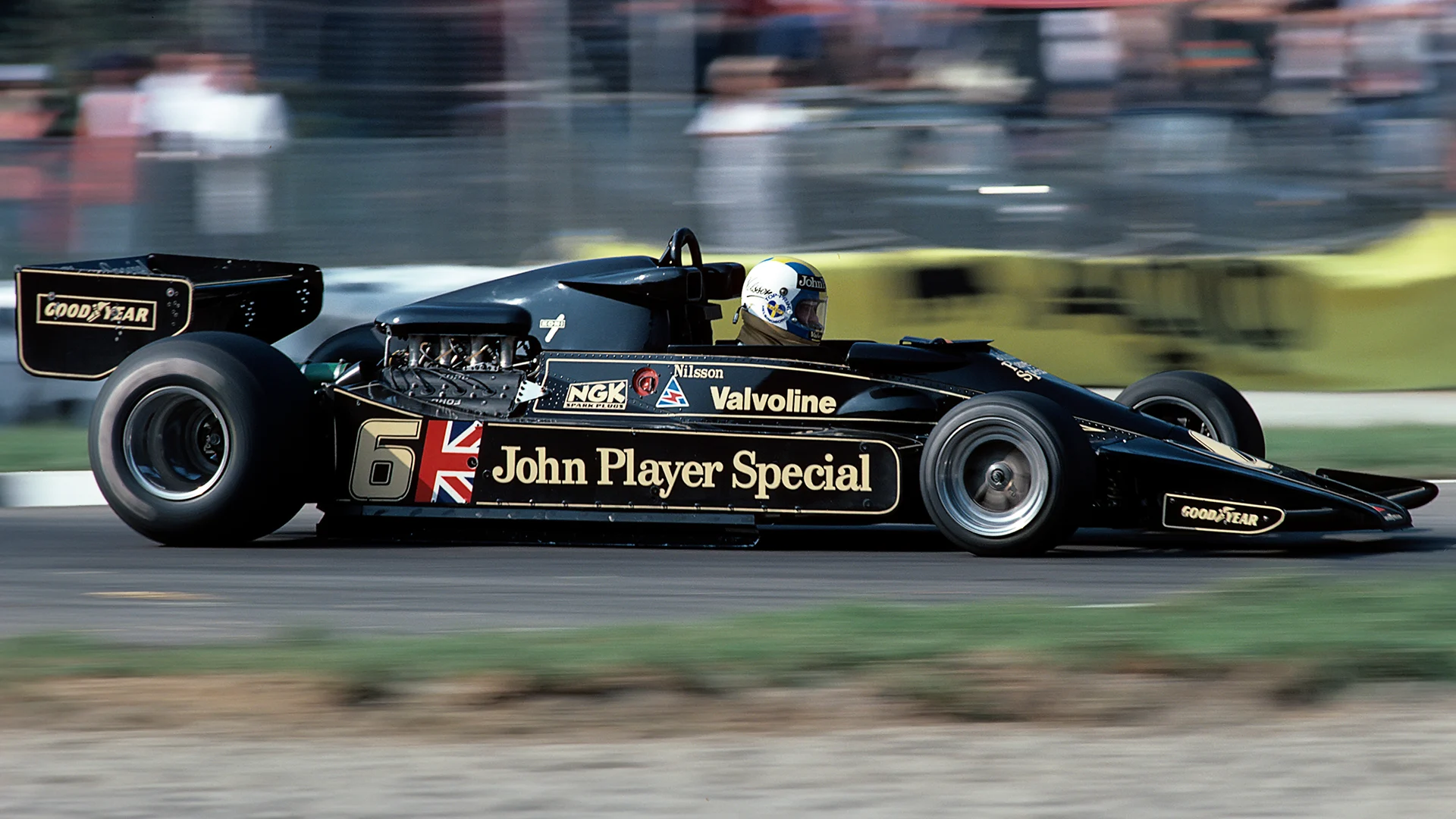
Williams – 1979
1978 season: 9th in the standings / 11 points
1979 season: 2nd in the standings / 5 wins / 75 points
One of the biggest steps on our list came from Williams in the late-1970s. The team’s point-less debut 1977 season was followed up by a modest tally of 11 in 1978, and any hopes of fighting at the front appeared to be a long way off.
But team founder Frank Williams and technical sidekick Patrick Head had other ideas. Making good use of their new backing from Saudi Arabian Airlines, Williams introduced the FW07 five races into the 1979 campaign and, after a few teething issues, secured a stunning maiden victory at the British Grand Prix – adding four more across the next five events.
READ MORE: Sir Frank Williams’ extraordinary career as an F1 Team Principal
Title success was the natural next step, with Alan Jones and Williams doubling up in 1980 before the team made it two from two in 1981, marking the first of seven drivers’ championships and nine constructors’ championships they would win across the 1980s and 1990s.
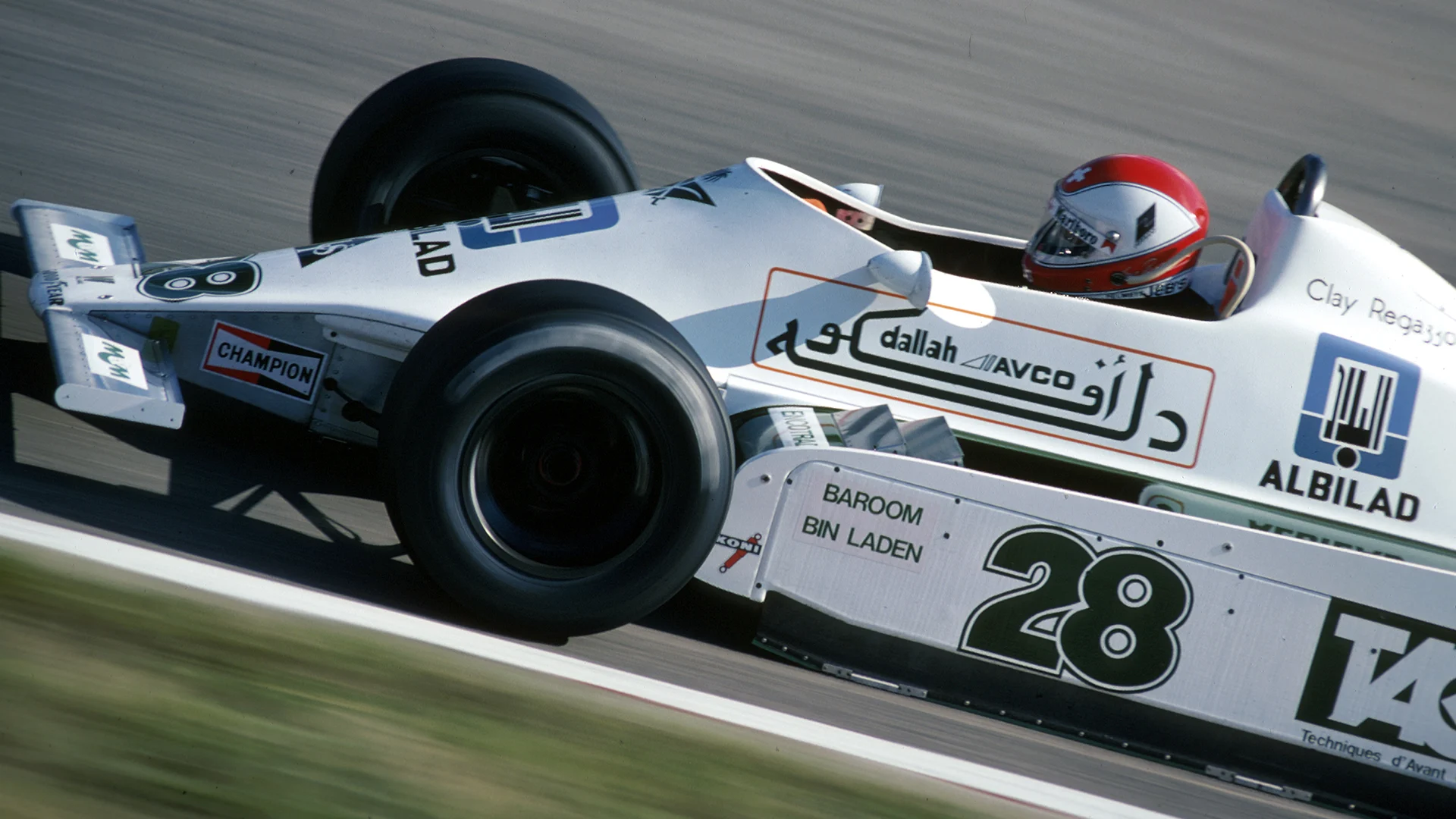
McLaren – 1988
1987 season: 2nd in the standings / 3 wins / 76 points
1988 season: Champions / 15 wins / 199 points
Given that McLaren finished as runners-up in 1987 with a clutch of victories and plenty more podiums, it may seem slightly unusual – simply by looking at the standings – to include this period in their history on a list of biggest performance jumps.
But the difference between the MP4/3 and MP4/4, and the MP4/4 and the rest of the F1 field, was simply astounding. One of McLaren’s most sophisticated designs, works Honda power, a new driver pairing of Alain Prost and Ayrton Senna… All the ingredients came together for what statistically remains the most dominant season in F1 history.
BEYOND THE GRID: Steve Nichols on creating the most dominant F1 car of all time
With pole position and victory at all bar one of the 16 events held that season, McLaren finished a whopping 134 points clear of the competition, leaving Senna and Prost free to battle it out between themselves for the drivers’ title.
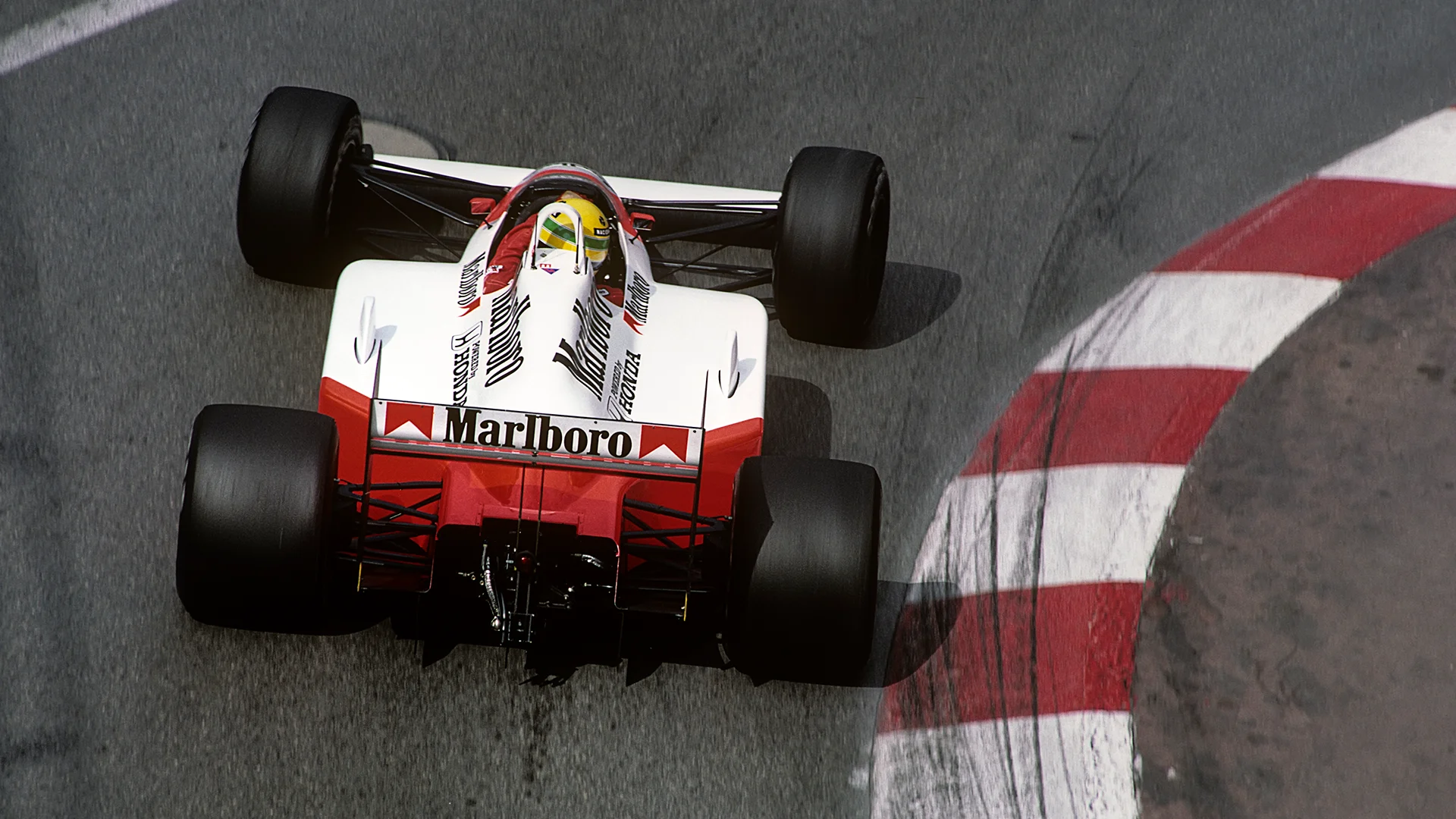
McLaren – 1998
1997 season: 4th in the standings / 3 wins / 63 points
1998 season: Champions / 9 wins / 156 points
Some 10 years on from that season of all seasons, and their Honda-powered success now firmly a thing of the past, McLaren found themselves trying to reclaim lost performance as the 1990s wore on, having placed a distant fourth overall in every season from 1994-1997.
LIGHTS TO FLAG: Coulthard on replacing Senna, dealing with Ron Dennis, and racing against Hakkinen
However, after poaching design genius Adrian Newey from Williams, the MP4/13 brought McLaren into contention again. Mika Hakkinen came out on top in a season-long scrap with Ferrari rival Michael Schumacher to win the drivers’ title, while McLaren put their hands back on the constructors’ trophy – their first since 1991 in both categories.
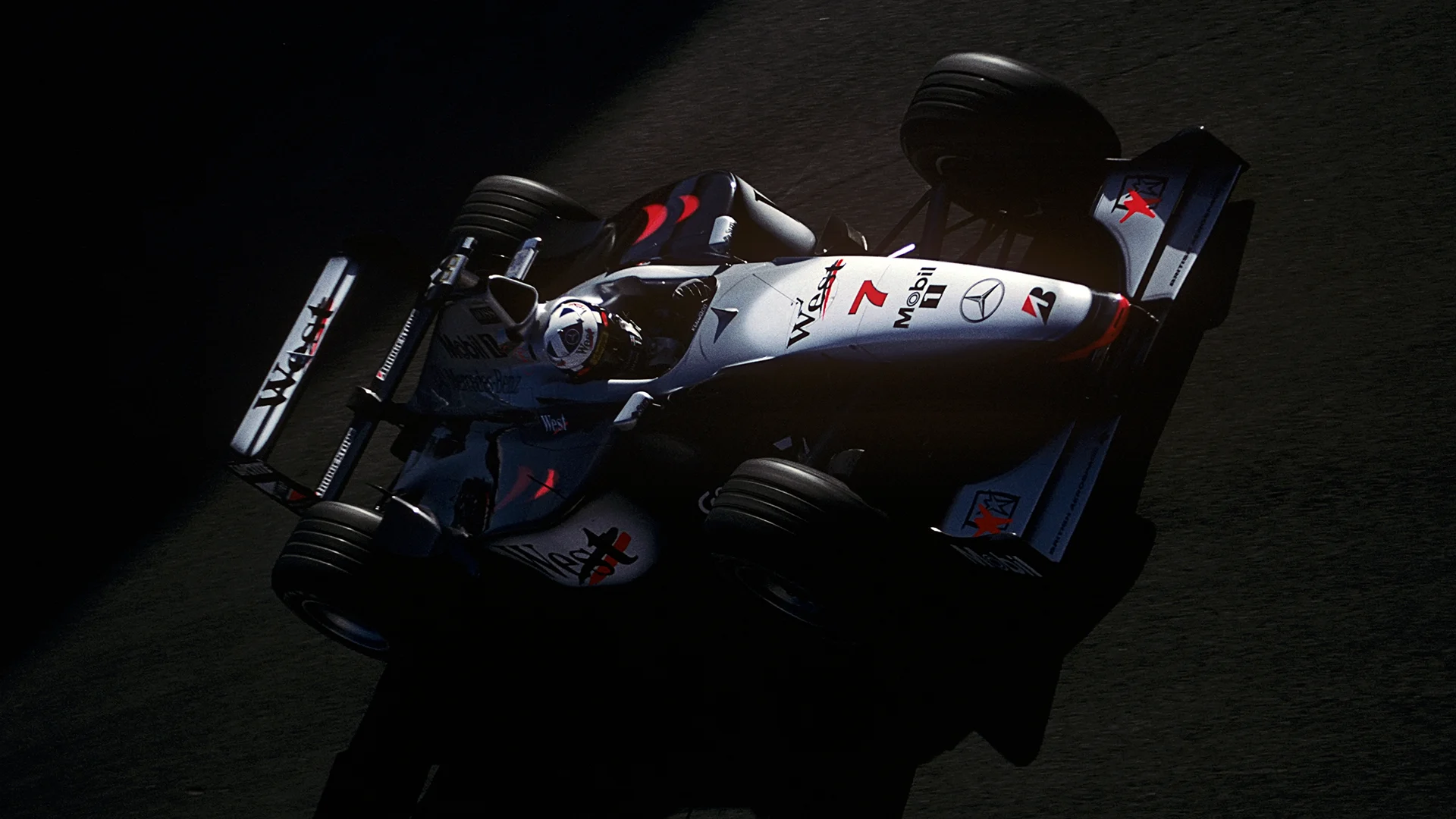
BAR Honda – 2004
2003 season: 5th in the standings / 26 points
2004 season: 2nd in the standings / 119 points
BAR endured a torrid first season in F1 as they ended the 1999 campaign without a point and with a host of retirements behind them, but a Honda engine tie-up for 2000 and beyond offered plenty of hope – their first points and podiums soon arriving.
BARRETTO: Are Honda poised for another return to F1?
After that initial upturn in performance, BAR were stuck in the ‘occasional points-scorers’ bracket until 2004, when they rose from fifth to second position with the much-improved 006 machine – Jenson Button notching up 10 podiums and team mate Takuma Sato adding another.
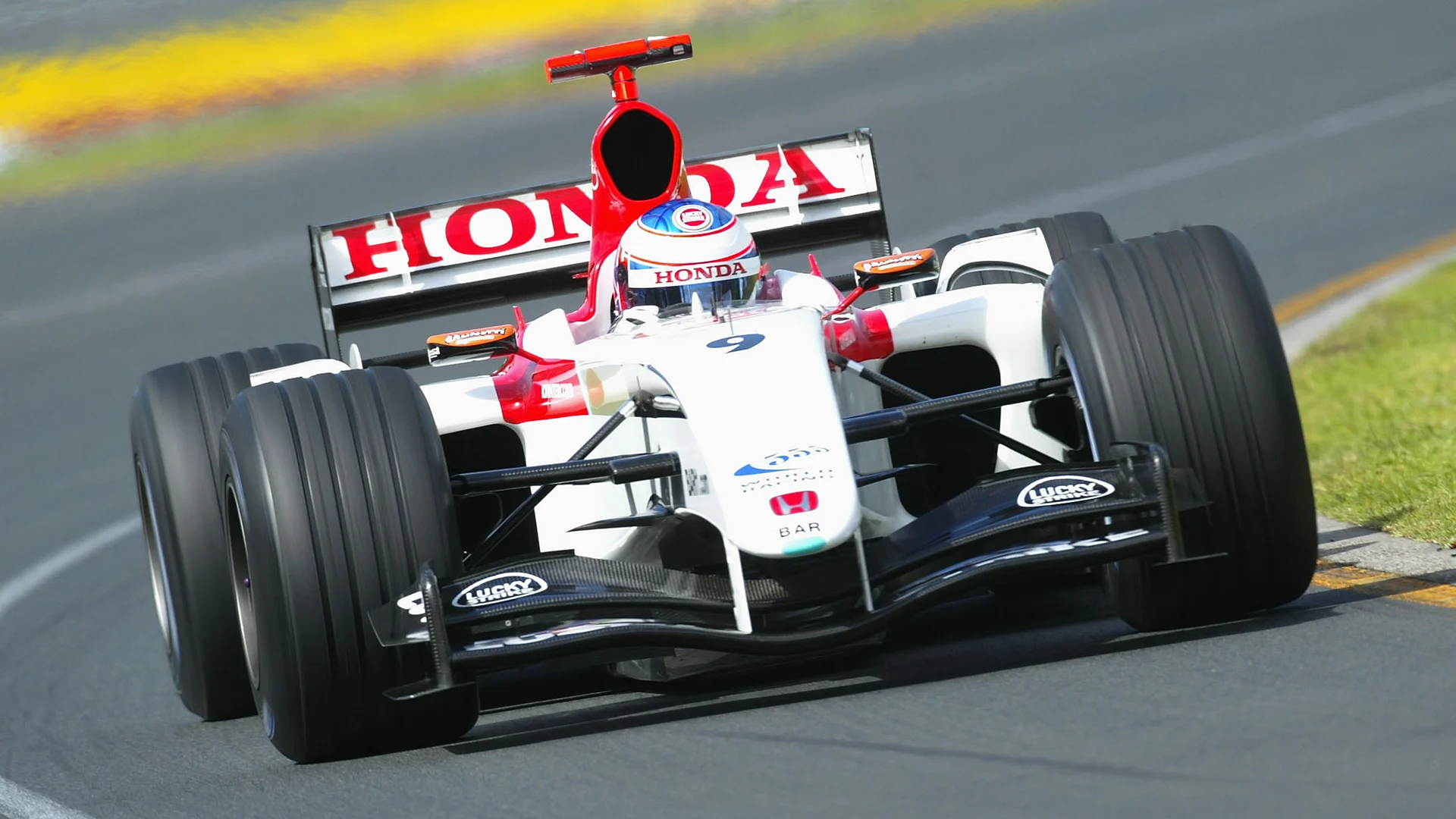
BMW Sauber – 2007
2006 season: 5th in the standings / 36 points
2007 season: 2nd in the standings / 101 points
Sauber were another team to benefit from the signing of a works engine deal in the mid-2000s after BMW moved over from rivals Williams – a partnership that saw the long-time midfield runners powered towards the front of the field.
With a best tally of 34 points across 13 years as an independent team, the rebranded BMW Sauber and the new F1.07 smashed that total by scoring 101 throughout 2007, while Nick Heidfeld finished an eye-catching second to McLaren’s Lewis Hamilton at the Canadian Grand Prix.
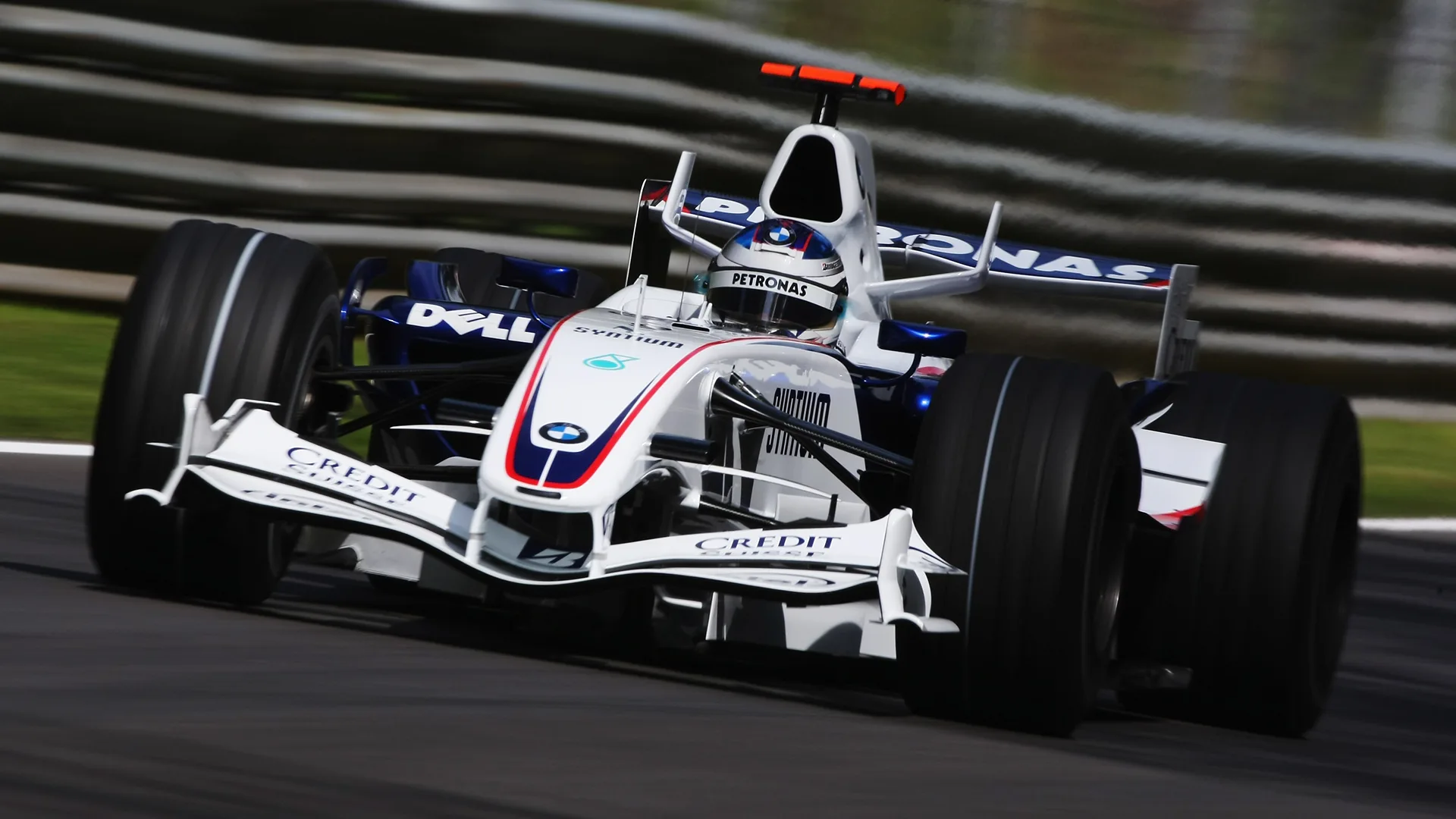
Red Bull – 2009
2008 season: 7th in the standings / 29 points
2009 season: 2nd in the standings / 6 wins / 153.5 points
With McLaren previously benefitting from Newey’s services, Red Bull did the same by taking him from Woking to Milton Keynes over the winter of 2005. And, after a few seasons settling into his new surroundings, the 2009 rules reset presented a golden opportunity.
Although Brawn GP made the headlines (more on them in a moment), Red Bull enjoyed an impressive rise of their own as they went from seventh in the constructors’ standings – with solid points finishes and the odd podium – all the way up to second.
While they missed out on the title, Sebastian Vettel and Mark Webber combined to give the team six race wins and 10 further podiums, with four successive double title-winning seasons following from 2010 to 2013.
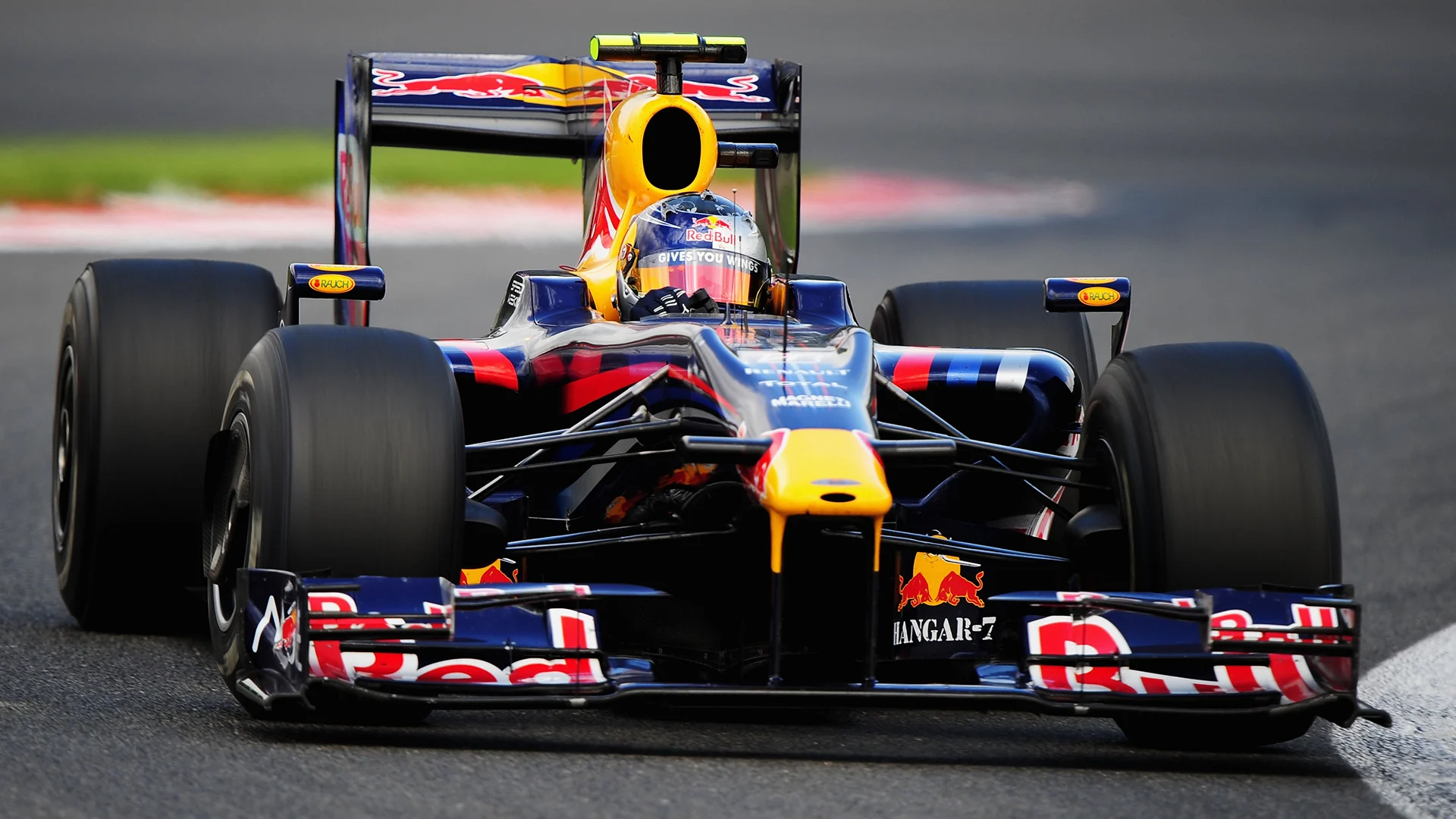
Brawn GP – 2009
2008 season: 9th in the standings / 14 points (as Honda)
2009 season: Champions / 8 wins / 172 points
As touched on above, Brawn GP took the F1 paddock by storm in 2009, rising from the ashes of the terminated factory Honda team that initially left Button and Rubens Barrichello without race seats and team members fearing for their jobs.
Eponymous leader Ross Brawn and fellow chief Nick Fry worked wonders over the winter to keep the organisation in the sport under their new name and, in what felt like a Hollywood movie, the ‘double diffuser’ BGP 001 – with a Mercedes engine squeezed in – emerged as the class of the field under sweeping regulation changes.
Button led Barrichello home in a sensational one-two finish at the season opener in Australia, going on to rack up six wins from the first seven races and later fending off his team mate and the ever-improving Red Bull to seal the deal. With both titles in the bank, Brawn GP were acquired by Mercedes for the 2010 campaign.
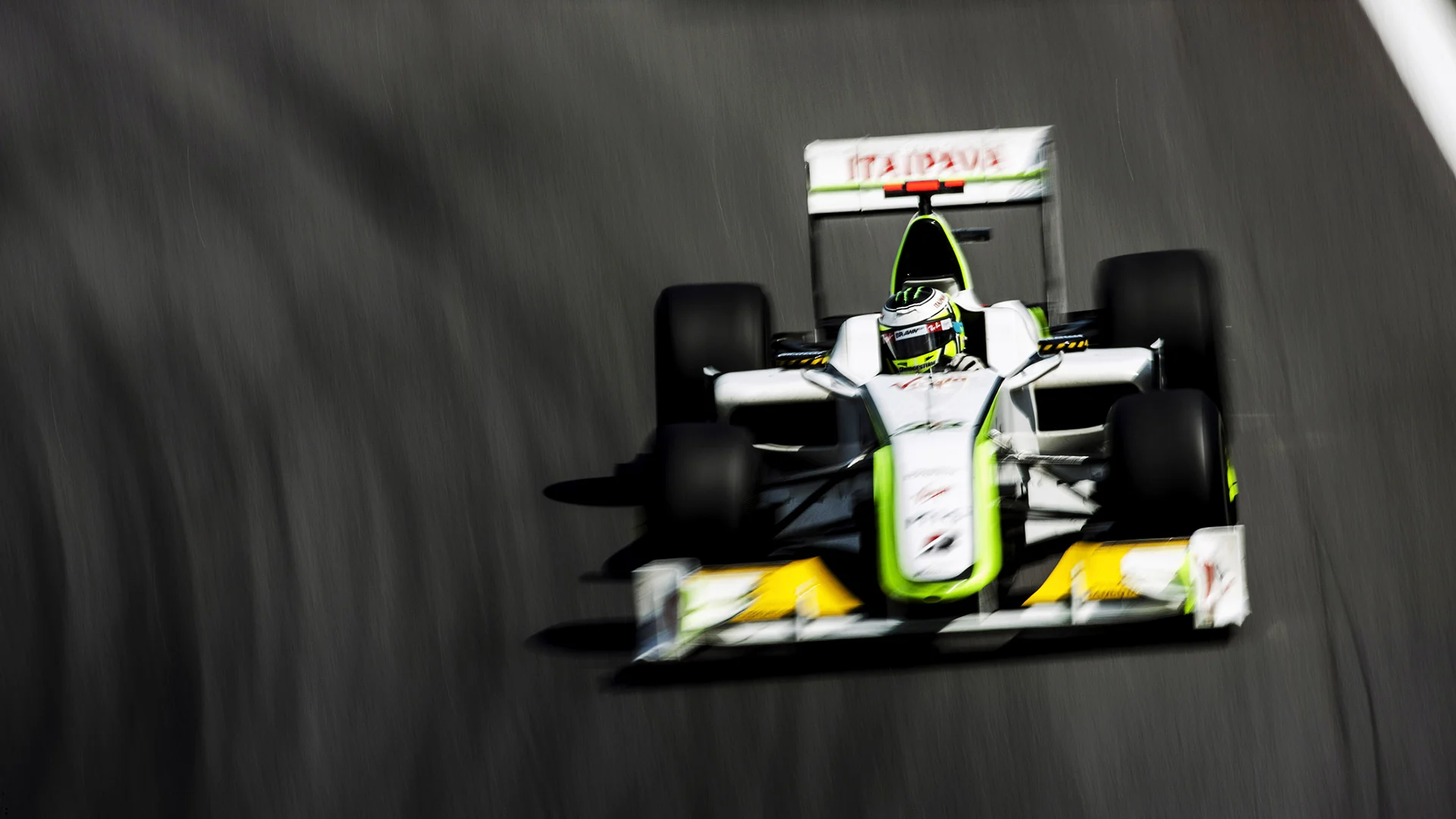
Mercedes – 2014
2013 season: 2nd in the standings / 3 wins / 360 points
2014 season: Champions / 16 wins / 701 points
After taking over the Brawn GP entry and steadily building up speed, Mercedes logged the first victories of their F1 comeback in 2012 and 2013, climbing to second in the championship standings behind Red Bull during the latter season.
But with major rule changes on the way for 2014, centred around turbo-hybrid power units, Mercedes did their due diligence to hit the ground running and blow away the competition – leaving Hamilton and Nico Rosberg in a title fight of their own out front.
READ MORE: Doing the double – Hamilton’s route to the 2014 title
Winning 16 of the 19 races staged, Mercedes finished on 701 points and almost 300 clear of their closest rivals, while supplied team Williams made a noteworthy jump from ninth to third. But the Silver Arrows did not stop there. Drivers’ titles followed in every season through 2020, and constructors’ titles in every season through 2021, for a scarcely believable record.
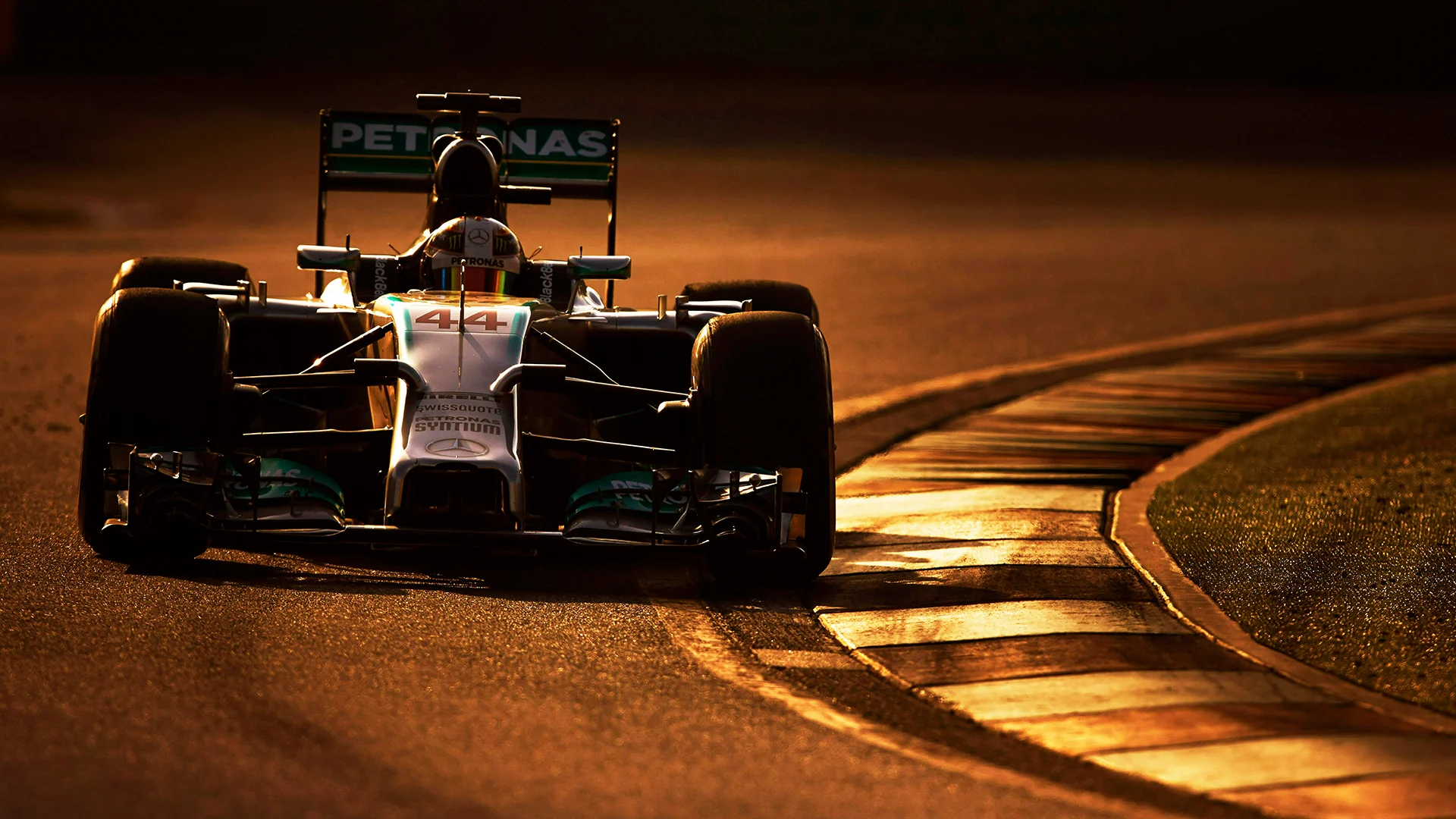
Ferrari – 2022
2021 season: 3rd in the standings / 323.5 points
2022 season: 2nd in the standings / 4 wins / 554 points
After pushing champions Mercedes in 2019, Ferrari slumped to sixth in the 2020 rankings to mark their worst result since the 1980 season, with the celebratory SF1000 – commemorating the team’s 1000th Grand Prix entry – failing to deliver on track.
While 2021 marked a solid improvement, Ferrari were still far away from their title-challenging ambitions and instead opted to focus their attentions on the 2022 ‘ground effect’ rule changes, a decision that paid off handsomely to begin with.
Charles Leclerc led a Ferrari one-two in the Bahrain opener and won two of the first three races to give himself and the team comfortable championship leads, only for their challenge to come undone through unreliability, strategic blunders and driver mistakes, alongside the growing strength of Red Bull.
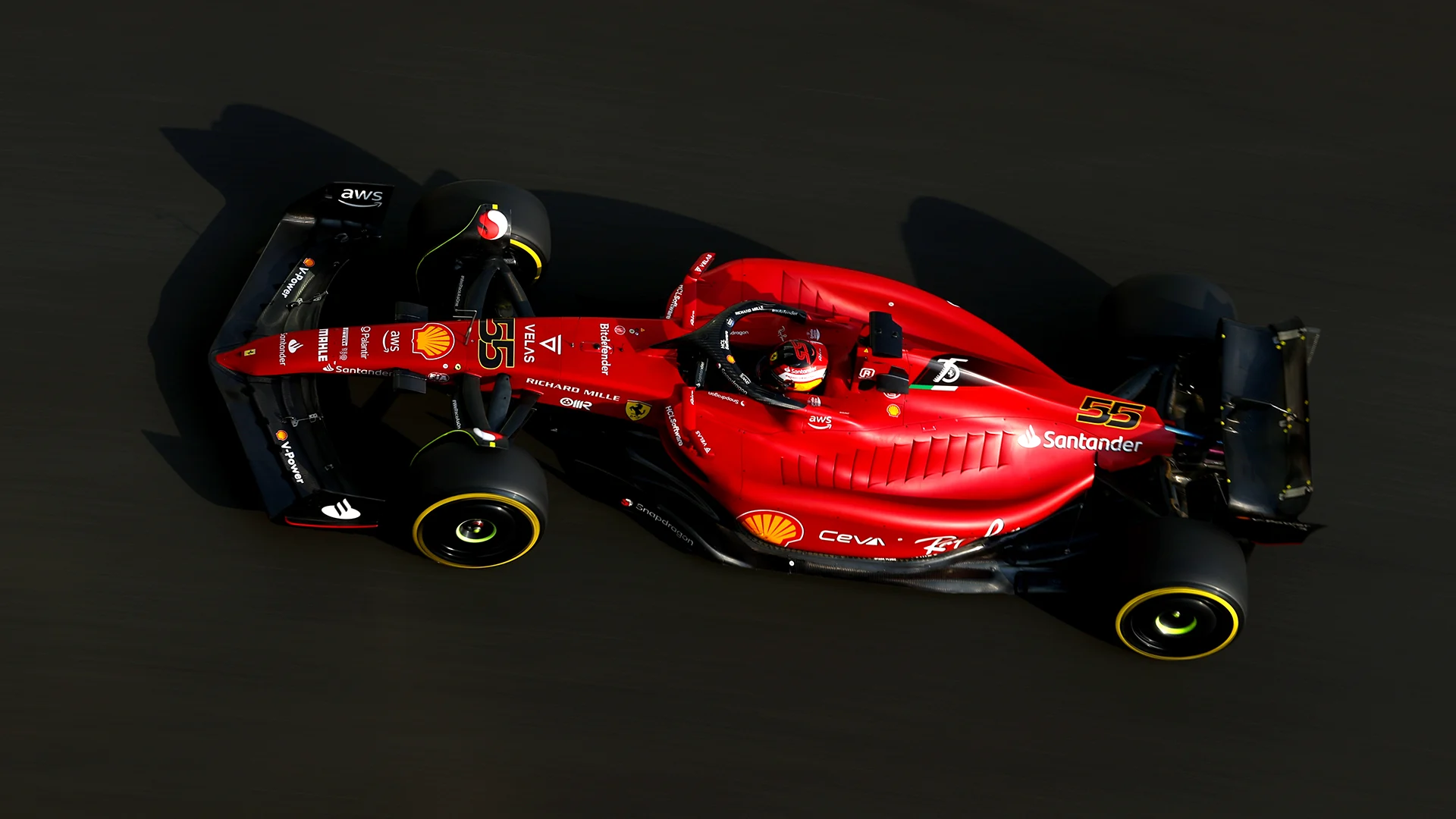
Aston Martin – 2023
2022 season: 7th in the standings / 55 points
2023 season: 2nd in the standings / 65 points*
Following a spell in F1 in the late-1950s and early-1960s, the Aston Martin name was brought back to the sport by Lawrence Stroll for the 2021 season. But success initially proved hard to come by, with the team logging successive P7 finishes in the constructors’ standings.
However, with Stroll’s ambitious plans, plenty of investment, a restructured technical department led by former Red Bull man Dan Fallows and two-time champion Fernando Alonso arriving from Alpine, that all changed in 2023, as Aston Martin went from ‘also rans’ to podium contenders in a flash.
READ MORE: Alonso makes Brawn GP comparison after Aston Martin’s leap up the order this season
Alonso has finished third at every race so far, following the Red Bulls home in Bahrain and Saudi Arabia, and joining fellow champions Max Verstappen and Hamilton on the rostrum in Australia – his points tally, combined with team mate Lance Stroll’s, pushing Aston Martin to a superb second position at this stage of the campaign.
*Season in progress
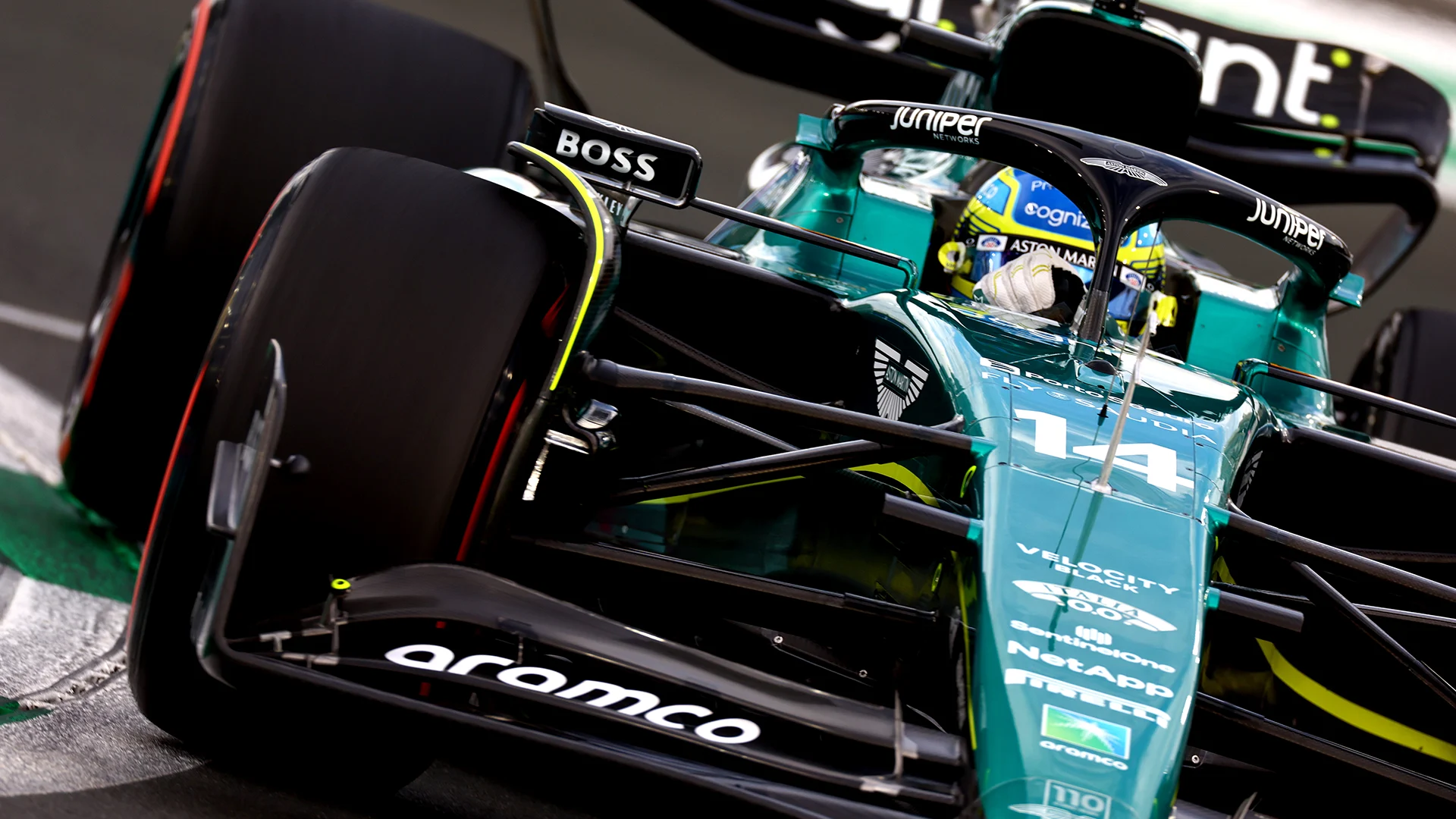
Next Up
Related Articles
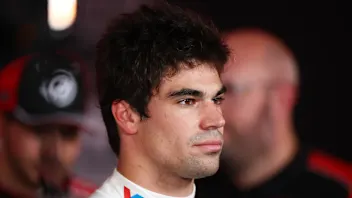 Stroll opens up on 'noise' that has followed him in F1
Stroll opens up on 'noise' that has followed him in F1 Leclerc calls Ferrari’s focus shift to 2026 a ‘no-brainer’
Leclerc calls Ferrari’s focus shift to 2026 a ‘no-brainer’ ExclusiveHow Bearman went from super-sub to star rookie in 2025
ExclusiveHow Bearman went from super-sub to star rookie in 2025 Verstappen confirms new number for 2026 season
Verstappen confirms new number for 2026 season Celebrating the first F1 Allwyn Global Community Awards
Celebrating the first F1 Allwyn Global Community Awards Beyond The GridThe best of 2025, from Norris’ evolution to Brad Pitt’s ‘need for speed’
Beyond The GridThe best of 2025, from Norris’ evolution to Brad Pitt’s ‘need for speed’